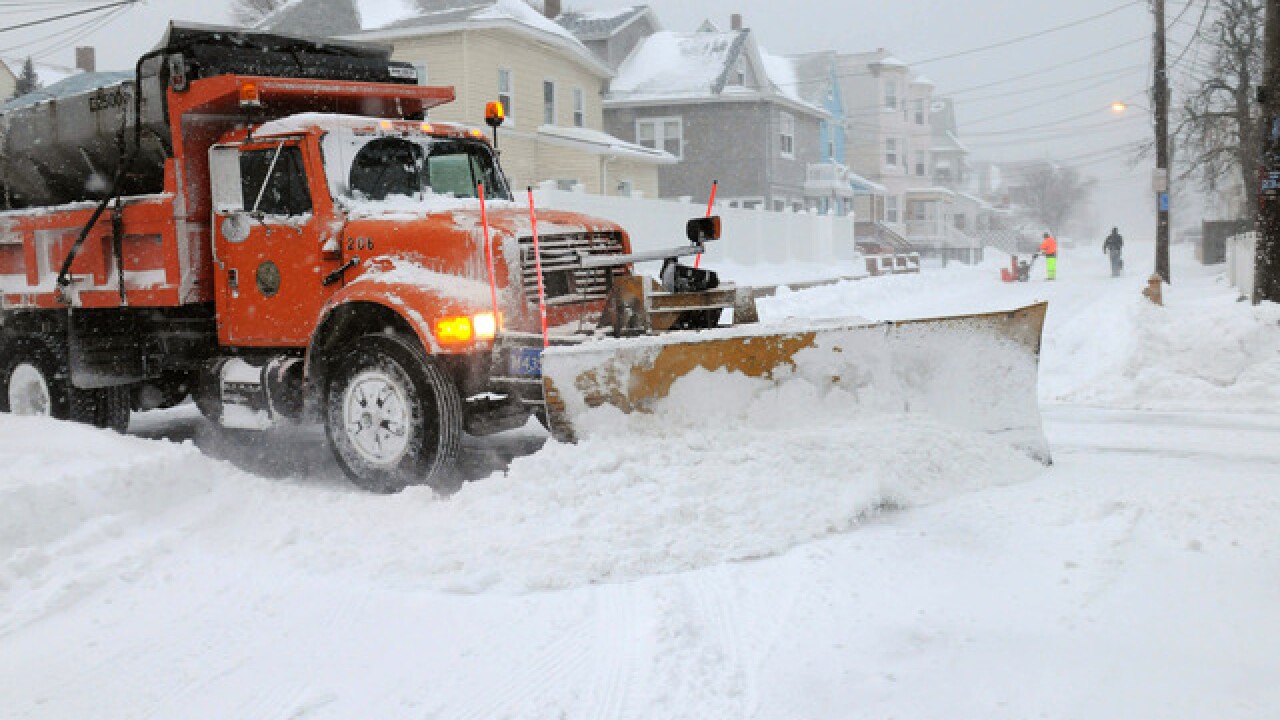MILWAUKEE — Measuring snow is an art! Well, maybe not an art, but these are best practices when it comes to measuring snow.
First, you need a ruler or yardstick. If you want to take it up a notch, have a white board, at least 2 feet by 2 feet, that you can set outside before a snow event starts. It's a good idea to mark this board with a flag so you can find it under a few inches of snow. If you don't want to invest in a snow board, a driveway usually serves as a decent measuring spot (as long as it's been cleared prior to a new snow event).
When considering a measuring location, try to find a fairly open area. Stay away from buildings, objects, trees, shrubs, anything that could interfere with the natural snowfall. Be mindful of windy areas that may be subject to blowing snow as well.
Now onto measuring. Use the ruler or yardstick to measure a few different locations. Measure to a tenth of an inch. Once you get a few measurements (they should be relatively consistent), take an average.

Please caption: Courtesy of the National Weather Service
TMJ4 always appreciates getting your snow totals. Actual reports are the best way for us to know how much snow is falling, how fast it's piling up, and how much fell post event. Be sure to share your location, the time, and the snow total. You can share with us via email at weatherteam@tmj4.com, or through any of our weather team's social media accounts. Pictures are always great as well.
The National Weather Service office is also very grateful for snow totals. Share with them through social media, including Facebook and Twitter.



